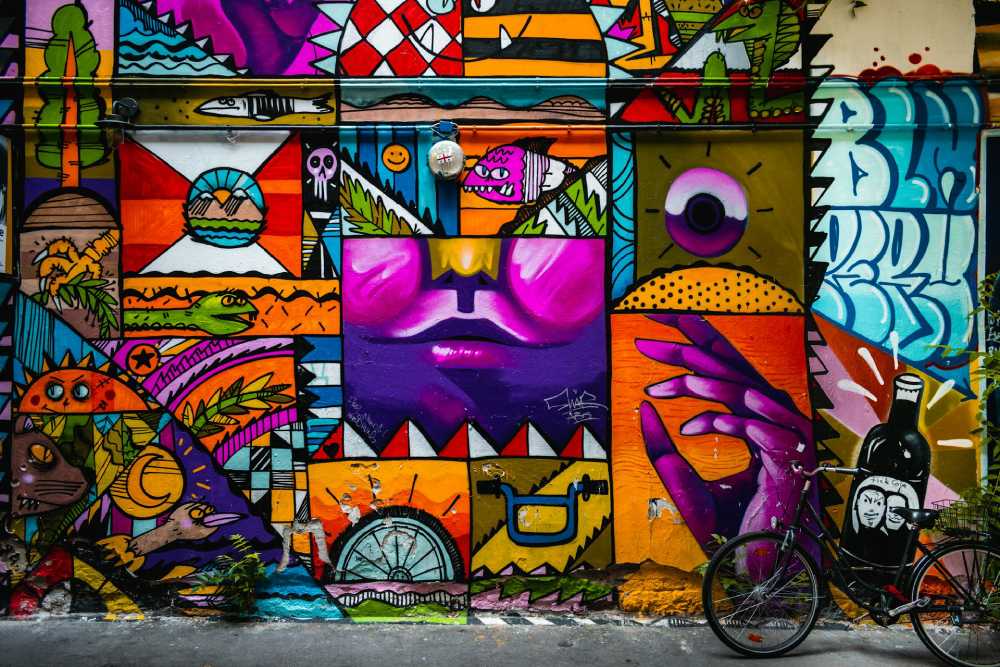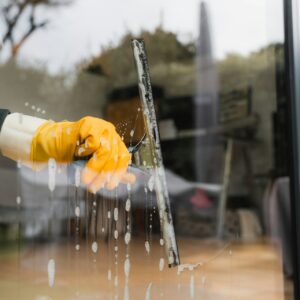The striking visuals of graffiti can be perceived dramatically differently from one individual to another. It can represent a bold statement of self-expression and social commentary or an unsolicited defacement of public property.
Striking a harmonious balance is crucial; cities must preserve the integrity of their visual landscape while respecting artists’ right to express themselves. A critical component of achieving this balance is effectively removing unwanted graffiti, a service provided by professionals who leave spaces pristine while respecting the underlying architecture.
Working with professional graffiti removal services is imperative for maintaining the delicate balance between cleanliness and urban expression. Effective graffiti management strikes a balance that respects freedom of expression yet upholds the beauty and cleanliness of urban environments.
Effective Graffiti Removal Techniques
Graffiti removal is both an art and a science, requiring understanding myriad factors such as the type of graffiti, the paint used, and the surface material. Techniques range from power-washing and chemical solvents to paint-over methods, each with specialized applicability. The choice of method can significantly affect the immediate outcome and long-term preservation of the vandalized surface.
Professional graffiti removal services are akin to art restorers; they must discern the best approach to remove unwanted art without compromising the integrity of the underlying canvas—the city’s structures. It is a delicate process that balances efficacy with care, ensuring public spaces are returned to their unblemished state.
Environmental Considerations in Graffiti Cleanup
Environmental stewardship has become a pivotal component in graffiti removal. Conventional solvents and procedures may effectively wipe away unwanted tags, but they often leave a trail of ecological harm. Hence, the turn towards green solutions represents a responsible choice and a necessary adaptation.
Biodegradable chemicals, low-impact techniques, and the minimization of water usage are now factors in selecting the right approach to the problem. Acknowledging the interconnectedness of urban living and environmental preservation leads to adopting practices that respect the cityscape and nature.
Technological Advances in Graffiti Management
Increasingly, the endeavor to prevent and rapidly address graffiti is bolstered by technology. Innovations such as anti-graffiti coatings, which allow for easier cleaning, and graffiti detection systems that alert to incidents are becoming integral to the urban landscape.
Using drones for hard-to-reach areas and developing apps for community reporting also enhance response times. These technological tools augment the capabilities of urban maintenance crews, lending efficiency and proactivity to the never-ending quest to keep our public spaces visually appealing and welcoming.
Comparative Case Studies of Successful Graffiti Management Programs
Studying cities that have triumphed over graffiti challenges provides templates for others to emulate. These case studies often reveal a multi-pronged approach, where strict enforcement, community involvement, and artistic collaboration converge, significantly reducing the incidence of unwanted graffiti.
For instance, cities that have introduced legal spaces for graffiti often see a drop in illegal markings, indicating the importance of providing avenues for controlled artistic expression. Uncovering the factors that lead to success in these urban areas can illuminate paths forward for municipalities still grappling with graffiti issues.





